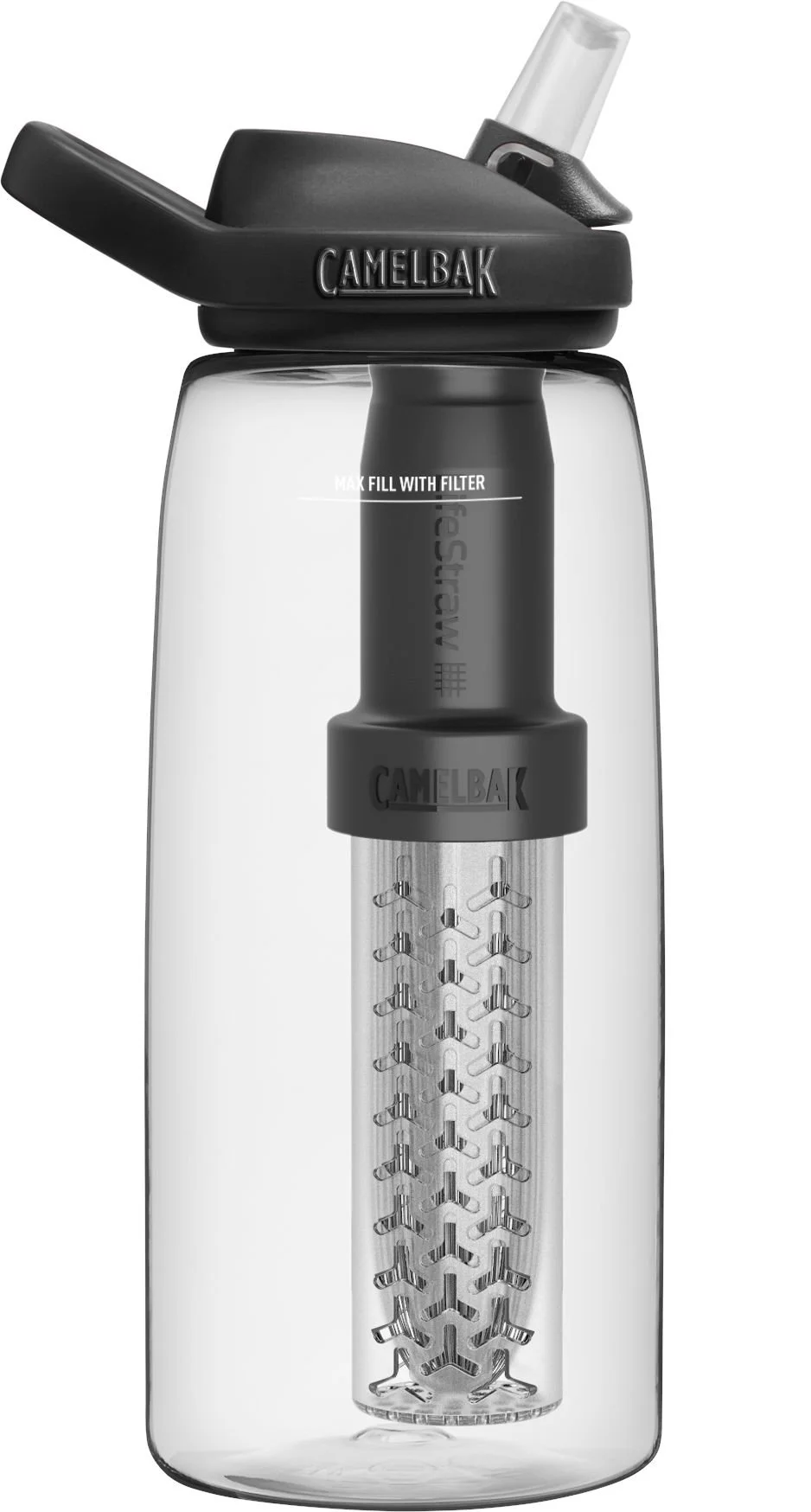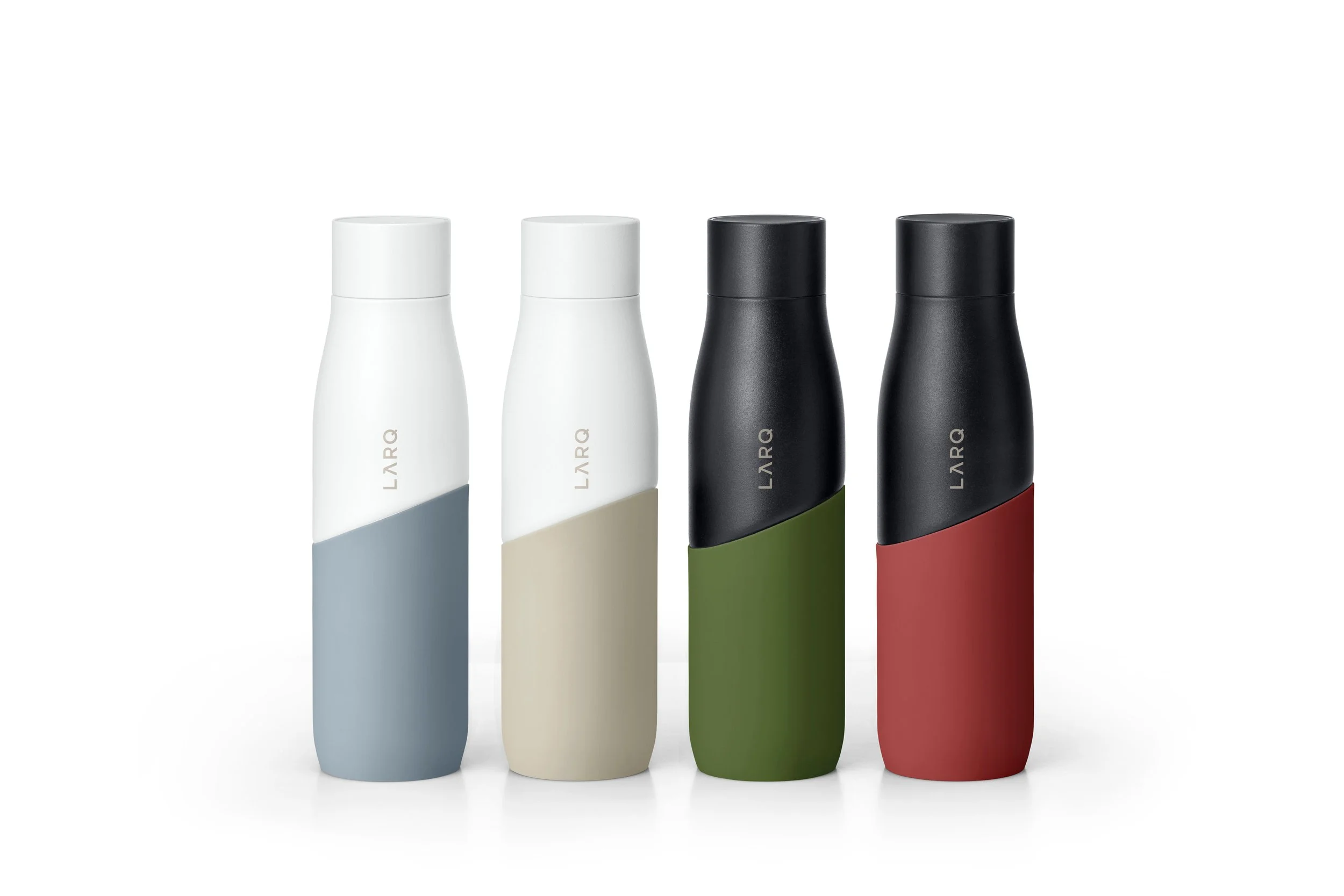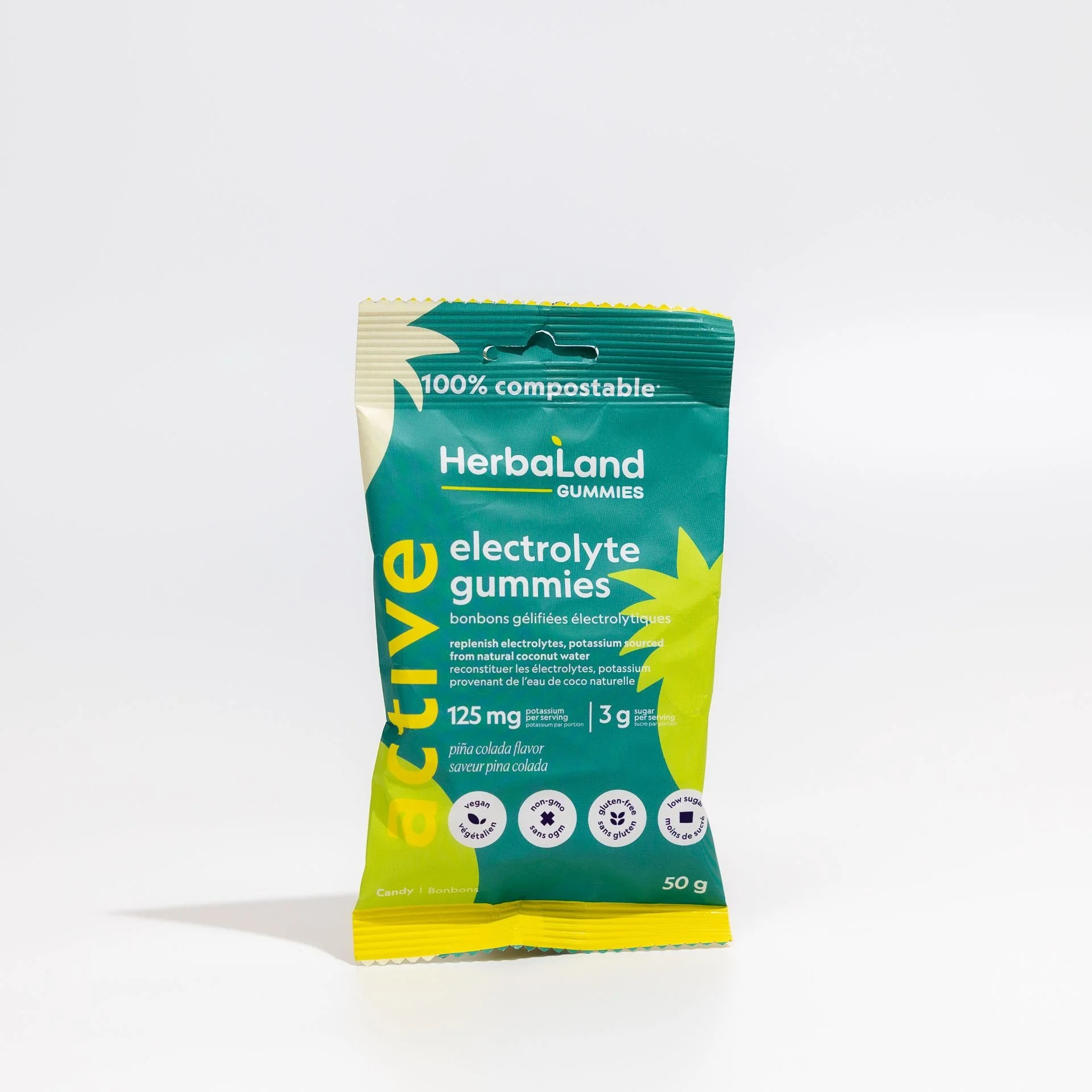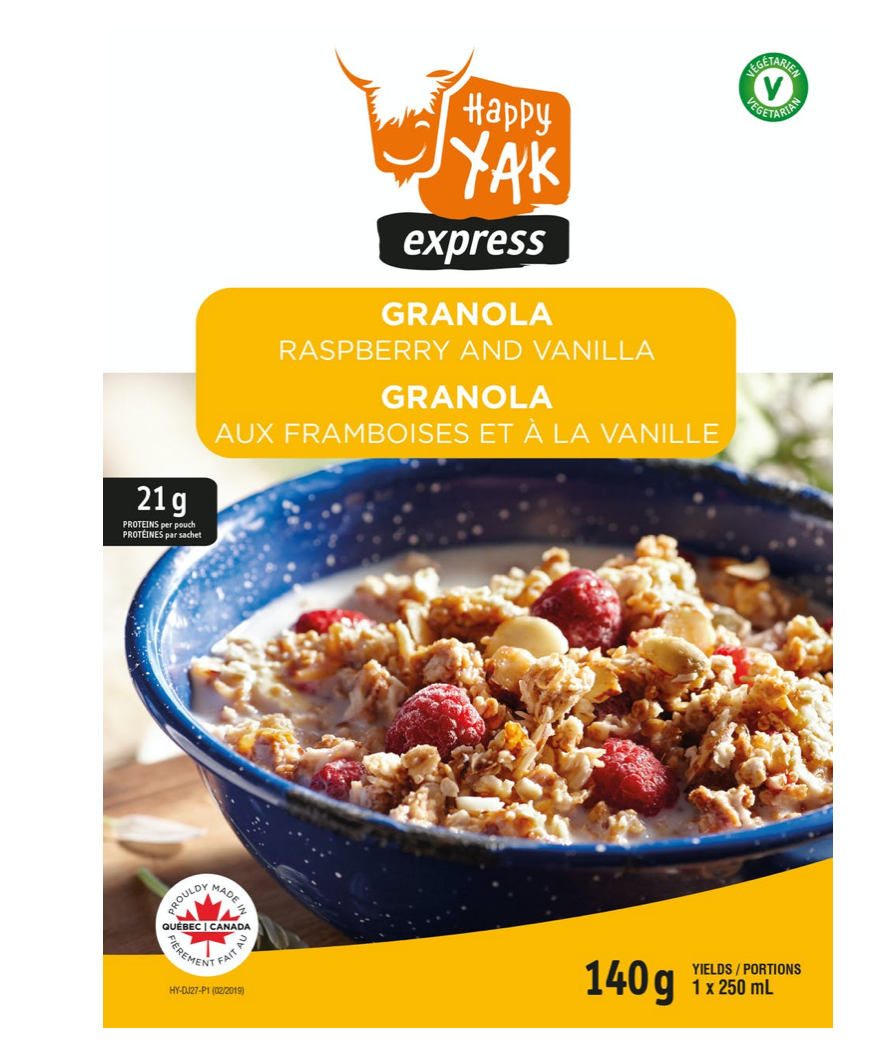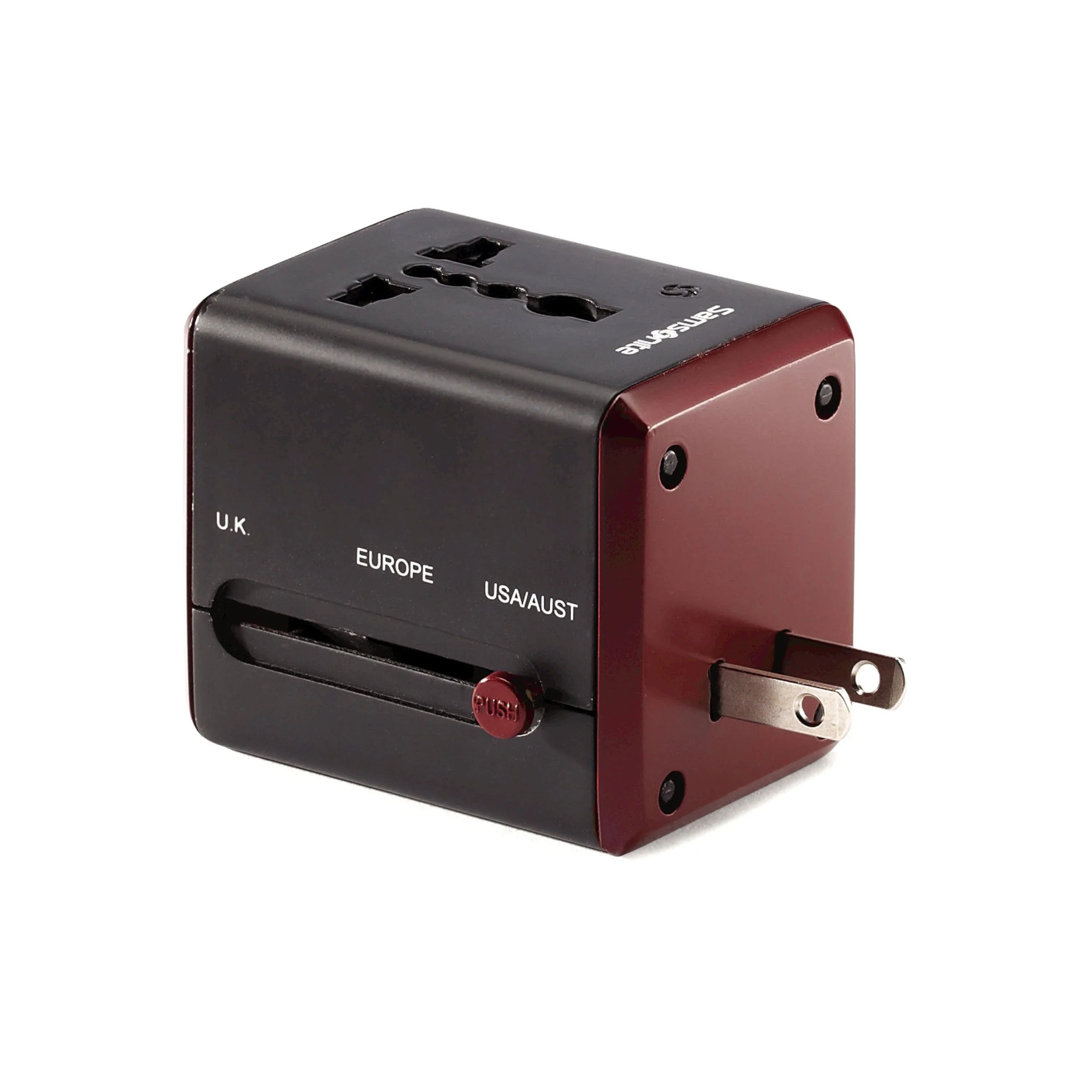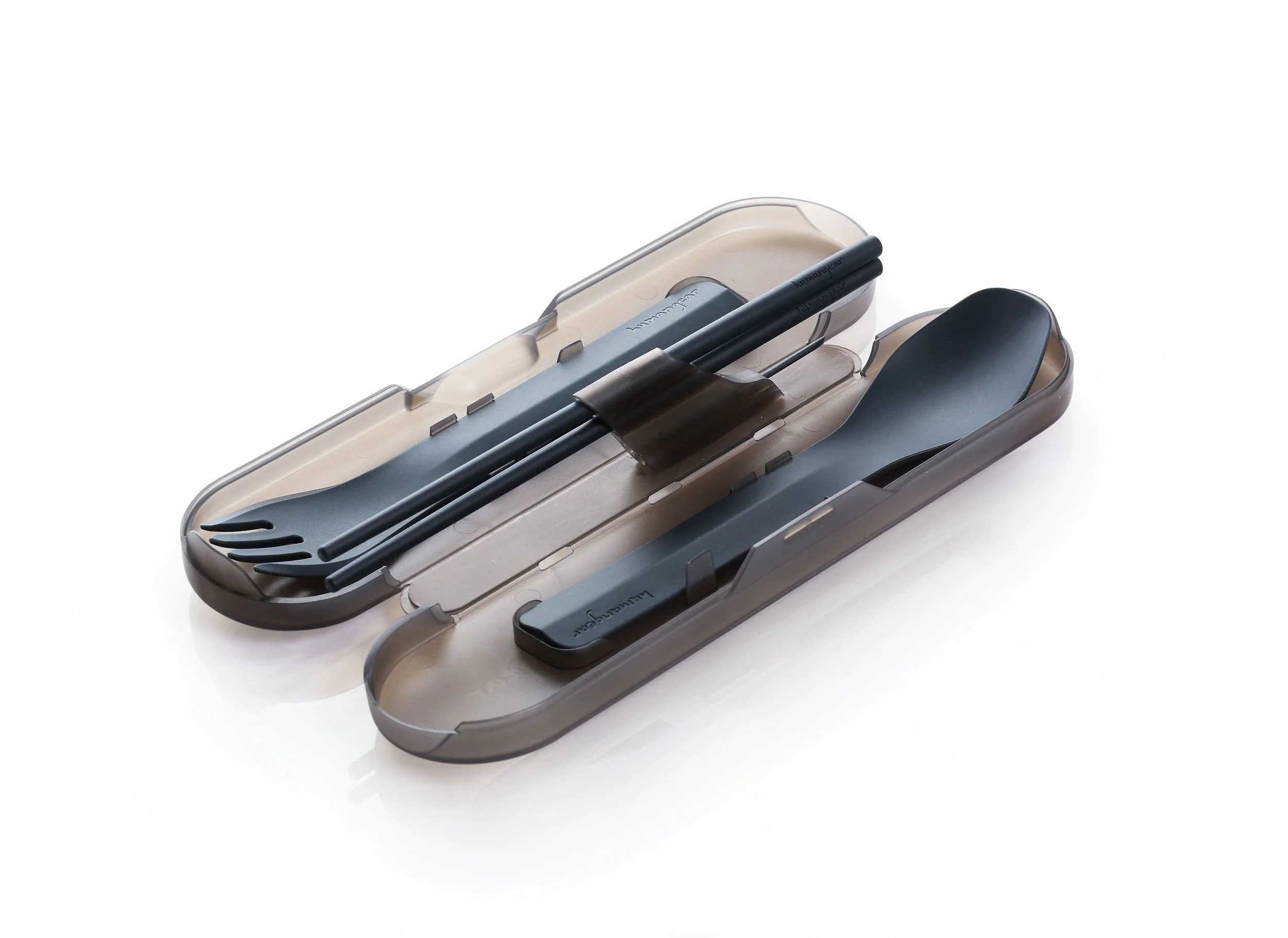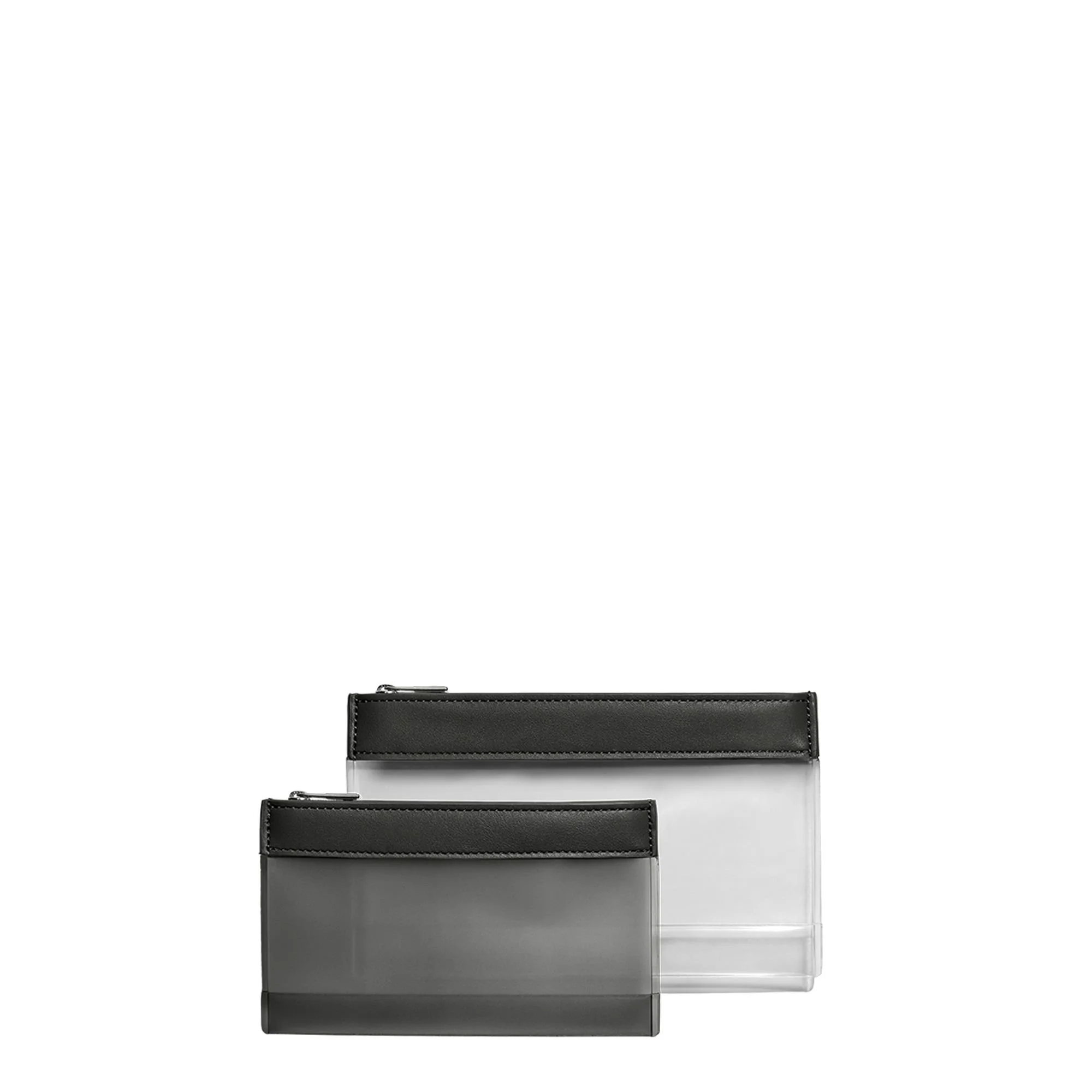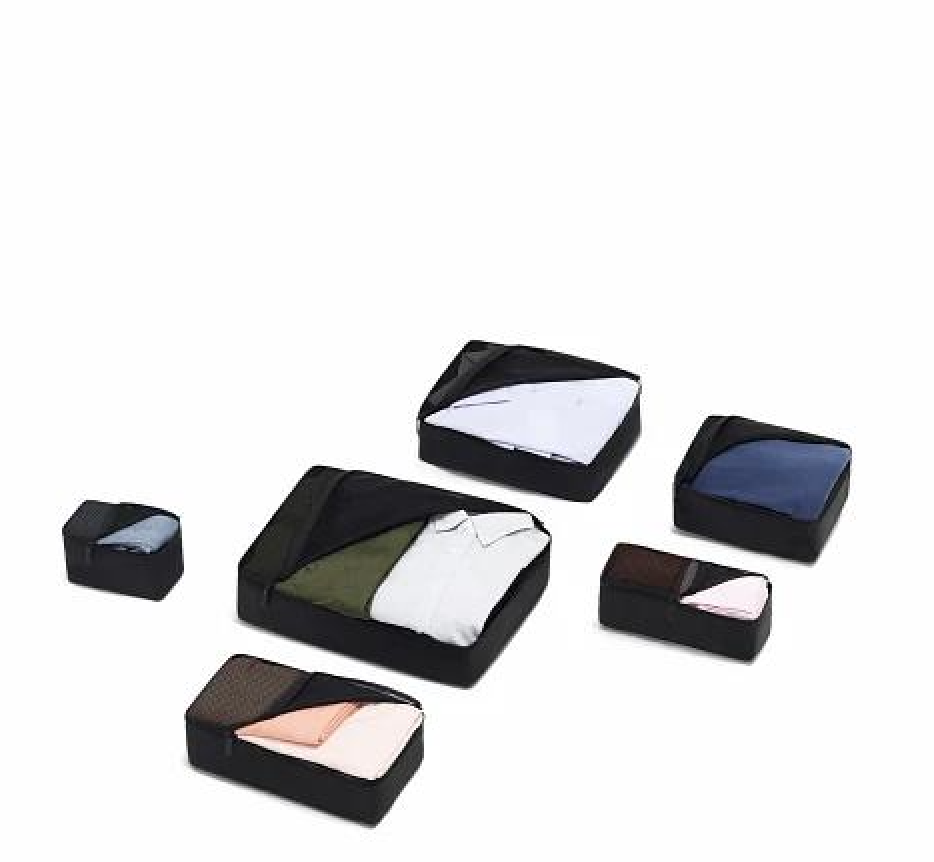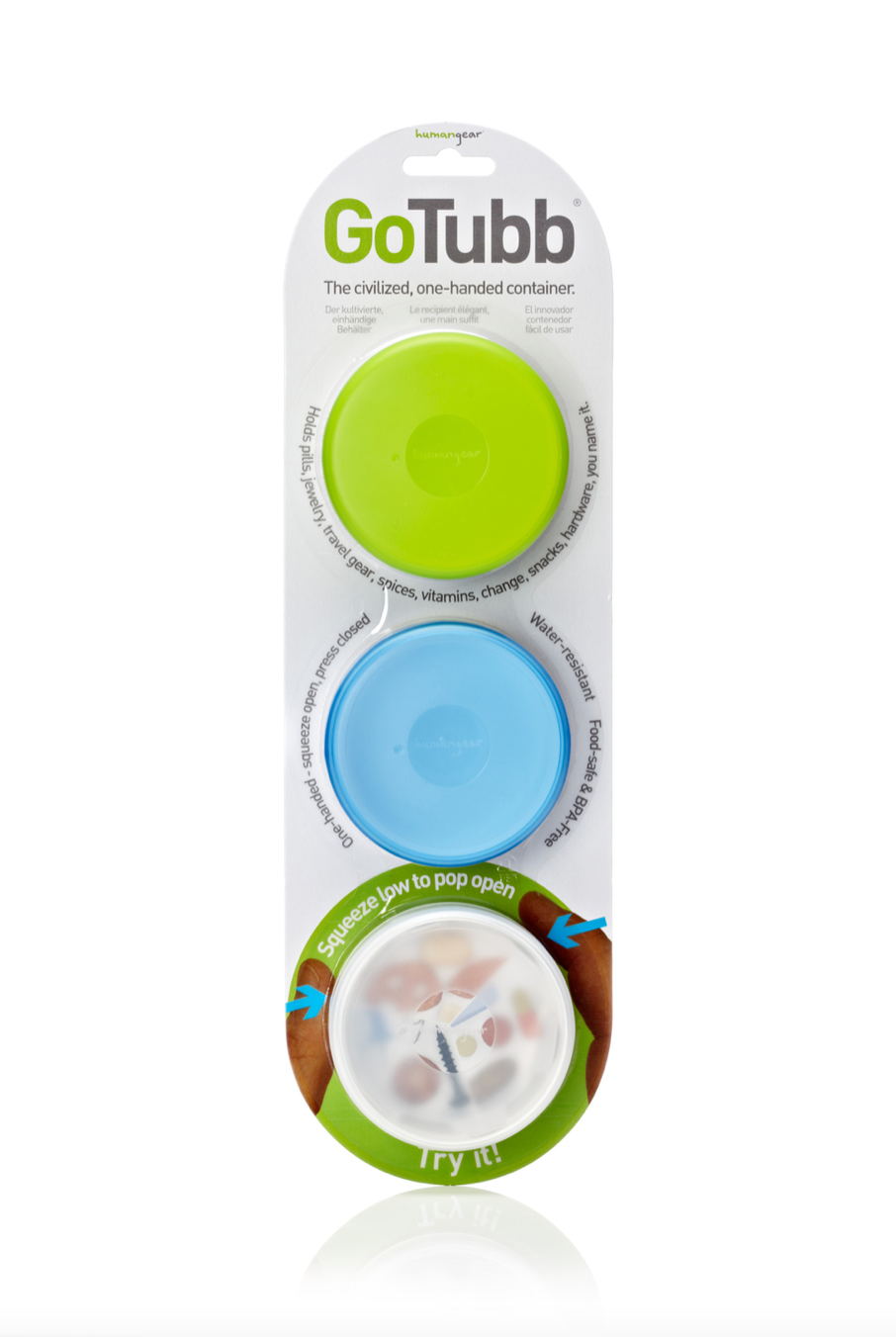The Great Outdoors Part Two: A Trek to Everest Base Camp – The Comfort Edition
A trek to Everest Base camp involves a fair bit of preparation, even more so if you are not going with an Expedition company (I chose G Adventures). Being a novice to multiple day hikes (even summiting Mt. Fuji was just overnight), I knew I was going to have my work cut out for me. Luckily, I had the help of a good friend who was more well versed in the great outdoors than me. This roundup is a joint effort with input from my friend of over 20 years and now trekking partner in crime, Kathy. For review – the trek to Everest Base Camp is a total of 12 days. It takes 8 days (including acclimatization days) to reach Base Camp and 4 days back. Our group ended up losing a day due to bad weather, but made up for it by trekking for longer periods during our descent. Here is the Comfort Edition – things we did not know I needed until the opportunity presented itself.
Although our group was not camping along the trail to Everest Base Camp, our Tea House quarters were simple. All rooms had a single bed with a mattress, with some bedding provided. Some rooms had insuite washrooms, with cold water showers and others had outdoor communal bathrooms which included squat toilets (arguably more sanitary than regular toilets). All Tea Houses required you to have your own supply of toilet paper and soap (but available for purchase, should you run out). Speaking of sanitation, along the trek, shower costs would range from $2.50-10.00. These showers were heated by gas and were relatively accessible. I never went longer than two days without one. I used a healthy amount of hand sanitizer and wet wipes, and probably could have brought more.
Après Trek: For sleep, I used the Rab Silk Ascent Hooded Sleeping Bag Liner. Silk is a natural fiber that makes a great base layer,dispersing heat and keeping your whole body warm. It also helped to keep the sleeping bag clean. The liner protected the bag from any sweat or oils too. I found that it enhanced the insolation of the sleeping bag and was easy to pack within my bag every morning.
The Rab Down Hut Slipperwas a nice addition to my après trekking look by the fireplace in the common rooms. Made with 100% recycled down and a 100% recycled Pertex® Quantum outer. Read: The slippers were toasty. There were nights when my feet felt like they were so cold (probably just more a side effect of the altitude sickness medication I was on, which affected my circulation) that I would wear them to bed and then kick them off in the middle of the night because they were so hot.
Water: The Himalayas are known for many things, but safe drinking water is not one of them. Besides obvious particulates that can be found, the water can contain many germs and contaminants which I treated additionally with drops . Our group got efficient at treating the water to keep up with our demand on the trek.I had the CamelBak Eddy® + filtered by LifeStraw®, 32oz Bottle with Tritan™ Renew in one side pocket of my pack.This lightweight bottle filtered the water twice to remove bacteria, parasites, and microplastics, and reduce lead, bad taste, chlorine and other unwanted chemicals. I was being hyper vigilant and would treat my water with drops even before putting it through the treatment system in the bottle. The straw cap is spill proof and easy to prime before taking it on the journey.
In the other side pocket of my pack, I had the LARQ bottle. Every LARQ Bottle utilizes PureVisTM purification technology to eradicate up to 99.9999% of bacteria, viruses and protozoa. When set to Adventure Mode, the bottle purifies water in 3 minutes. Although I could have left the drops out, I still used them regardless. I did not want to take any chances of getting sick. It was nice to have the UV-C filter as an added level of protection, as the one charge lasted the entire 12-day trek.
Snacks/Food: It was important to support the local Tea Houses when our group could, through the purchasing of food and supplies. While food and snacks were available at every Tea House, variety was lacking. Some of the snacks were expired and the price steadily increased as our group went up the mountain.On our trek I carried a handful of various snacks including the HerbaLand Active Electrolyte Gummies and from their Snacks with Benefits line, Shroom Power, Coconut MCT Oil and Tropical Fruit Protein. Each snack tasted like candy, which was a nice change from the more robust protein I was devouring. Each has their own added benefits including essential electrolytes such as potassium, magnesium, mushroom varieties like, Turkey Tail, and Cordyceps, and well known MCT and coconut water/oil. My favorite was the Shroom Power which was flavored lemon and black tea. Throughout the hike I was craving an ice tea and ginger ale to no avail, so these were a welcomed treat. All flavors are high in protein, and fiber to help sustain energy. After our daily trek, I had my fill of Dhal Bhat and at some points, just boiled potatoes with Yak butter depending on how I was feeling.
I also brought a few freeze-dried meals including Happy Yak. Our challenge was getting hot water, well -hot enough to adequately cook our meals. But once hot, they were delicious and hardy. My favorites included the Mandarin Beef and Rice and the Granola Raspberry and Vanilla for breakfast.
Tech: At the airport, I purchased a N-Cell SIM card which helps me stay in touch abroad and keep up on social media. Once our group was up the mountain, I purchased an Everest Link, which covered spots where the N-Cell SIM card would not work . Charging was not always free and so I relied on a few tech supplies.The BioLite Charge 80 PD, USB-C PD Powerbank was helpful. First off, you are able to charge multiple devices at once – so I was able to charge the powerbank and charge my phone all at once. There are 2 USB-A Quick Charge Out ports available and 1 USB-C PD port which is more than sufficient for charging our phones constantly. As it got colder, I would keep the charger in my sleeping bag to work more efficiently. For the entire 12-day trek, I recharged the battery once. In a sea of black USB cords, the blue BioLite one was a strong advantage.
To utilize the charger, you need a travel adapter. Mine of choice was the Samsonite World Wide Power Adapter. Itfits outlets in Australia, China, US, Europe and the UK. Nepal uses UK plugs. It has a built-in USB as well, which makes it easy to charge more devices at once.It’s red and black exterior makes it easy to spot travel essentials. Our group were told that if the weather permitted, we could do the extremely challenging hike to Kala Patthar – (at 5,644.5 m it would have given us additional views of Everest, and neighboring mountains Nuptse and Changtse).
This trek would require a reliable headlamp. I chose the BioLite HeadLamp750 . Unfortunately/fortunately the weather turned and we were unable to do the additional hike. I still made use of the HeadLamp750 in a few spots up the mountain, notably Dingboche (4,410 m) where the restrooms were outside in pitch black. It has an incredibly comfortable headband. The RunForever pass-thru charging feature enables you to use the headlamp and charge at the same time.
Utility/Organization: Anyone who sets foot outdoors on an adventure knows the Victorinox Signature Lite Swiss Army Knife is a must-have with many iterations depending upon your needs. On the trek, the most useful function was the pen, which was helpful when changing SIM cards. The sharp scissors came in handy for cutting anything including our dehydrated food packets, to loose strings. The nail file helped my mid-trek jagged nails.
The GoCup and Go BitesQuattro from San Francisco's Human Gear really put form and function together. First the GoCup, is a collapsible cup made from FDA food-grade silicone. I used it more than I thought, from brushing my teeth to drinking muscle recovery powder drinks. A press-fit lid keeps things clean during transport and features an integrated pill holder. It’s 100% BPA-free, PC-free, and phthalate-free. Having a set of utensils, like the Go Bites Quattro, was incredibly helpful. The carry case made it easy to keep the entire set together. The set includes full sized chopsticks (instead of a knife found in the Trio) and a hidden toothpick.
While Porter’s carried up 22 kg of our belongings in a duffle, I wanted to keep things organized. The AWAY Clear Pouch Setand the AWAY Insider Packing Cubes fit inside my enormous dry bag, which then fit into my duffle. The porters skillfully tied each duffle with heavy duty rope and anything could have busted under the pressure. I lost a few toiletries this way. The pouches and cubes are easy to clean post trip and can work with any sort of adventure – be it city or country.
Inside one of my pouches, I stored my mini pharmacy where I used the Human Gear GoTubb 3-Pack, to keep Tylenol and Benadryl. Though the containers are quite small they are easy to open with one hand. Although I used them for pills, they can be used for other small items like spices (or you have a scenario like mine, where periodically you keep finding chili flakes in your belongings because there was a hole in the Ziploc bag).
Skincare: My usual routine was trimmed down as getting up early and realizing on the second day, the sun was more potent than I imagined it would be. In fact, my nose is still burnt. I was able to carry both these items from MD Solar Sciences. The Daily Perfecting Moisturizer SPF 30 was a great first layer of hydration and protection. Since I have eczema, I find that some sunscreen can either irritate my skin or dehydrate it. This one is a nice balance.
To even out my skin tone, I would use the MD Mineral BB Crème SPF 50 in medium.This BB Cream feels nice and velvety smooth on your skin. It’s made with naturally-derived Eco-cert Zinc Oxide, and infused with caffeine and niacinamide to help minimize discoloration and redness.


